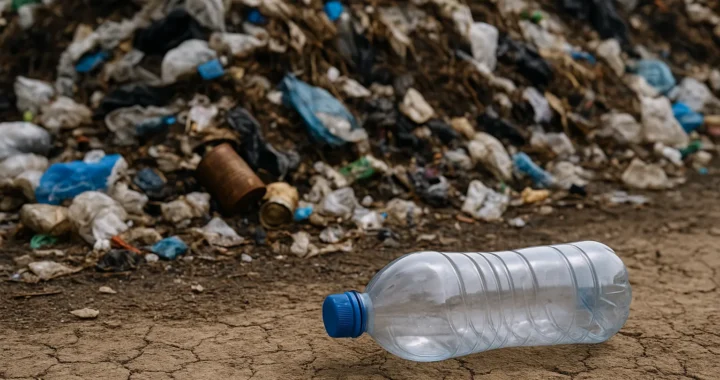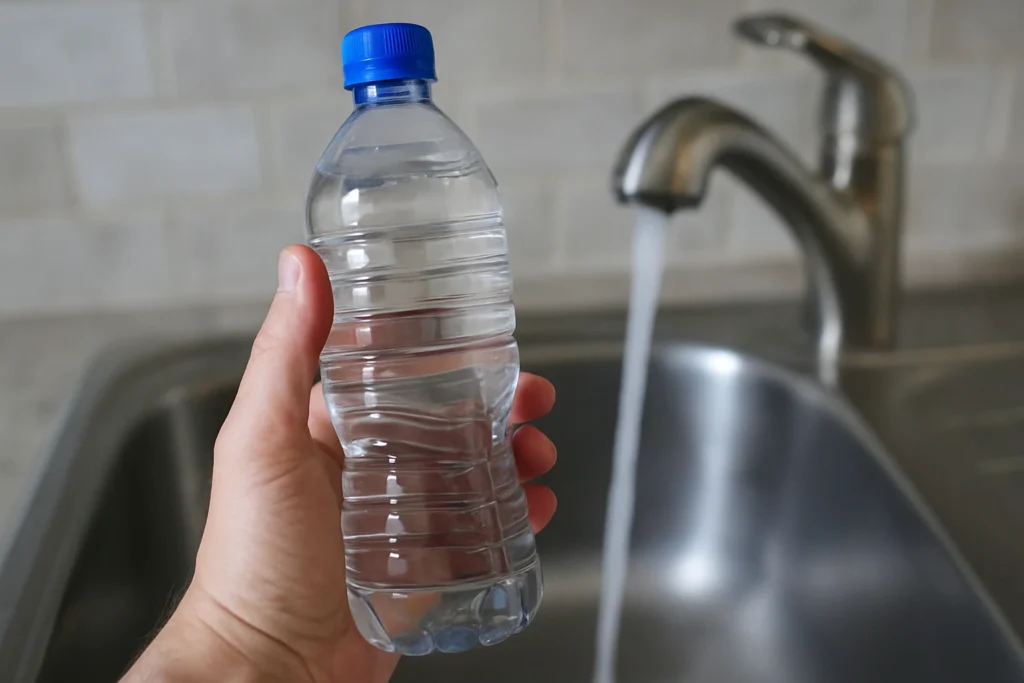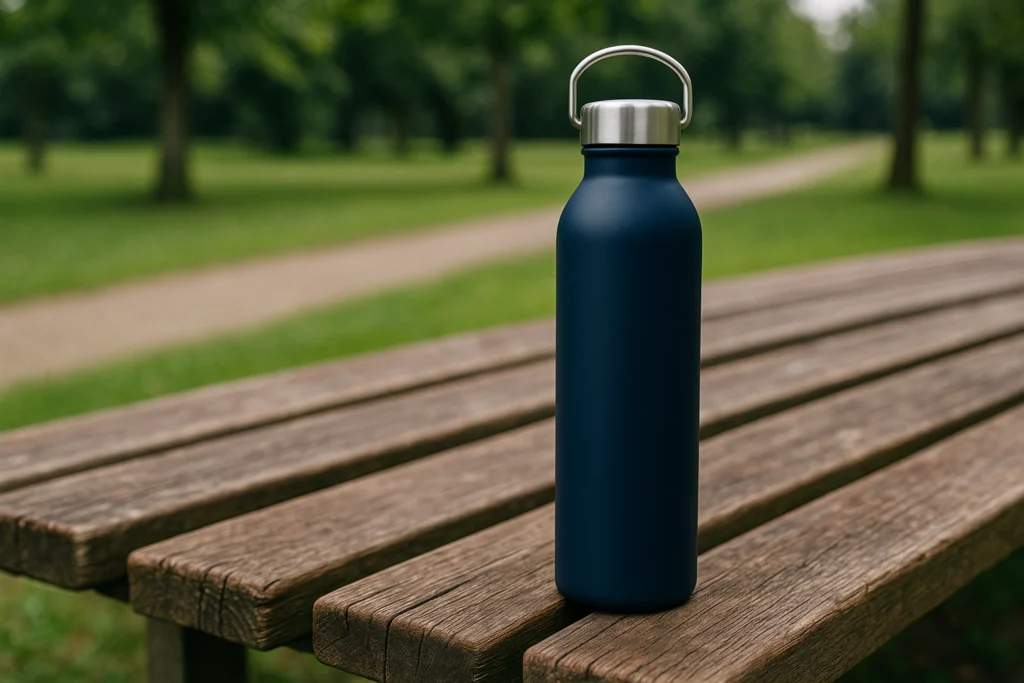Clean water should be easy to access. But for many people, it’s still out of reach. Across cities, farms, and remote communities, finding reliable, affordable water can be a daily challenge.
That’s why replacing these traditional sources of water with rainwater harvesting should be our number one priority. It is a simple solution to water scarcity challenges that the world faces every day. With every rainfall, there’s a chance to save money, live more sustainably, and support your local area.
In this guide, you’ll learn how rainwater harvesting works, which collection methods are most effective, and how to set up a system that fits your lifestyle.
You won’t need any special gear or complex installs. Based on our two decades of experience, we’ll show you smarter ways to make the most of every drop.
Ready? Let’s get into it.
What Is Rainwater Harvesting?
Rainwater harvesting means collecting the rain that falls on your roof and saving it to use later.
It’s quite simple to understand.
Rain runs through your gutters, flows into a tank, and waits there until you need it. You can use that water for your garden, flushing the loo, doing laundry, or even drinking it if it’s been properly treated.
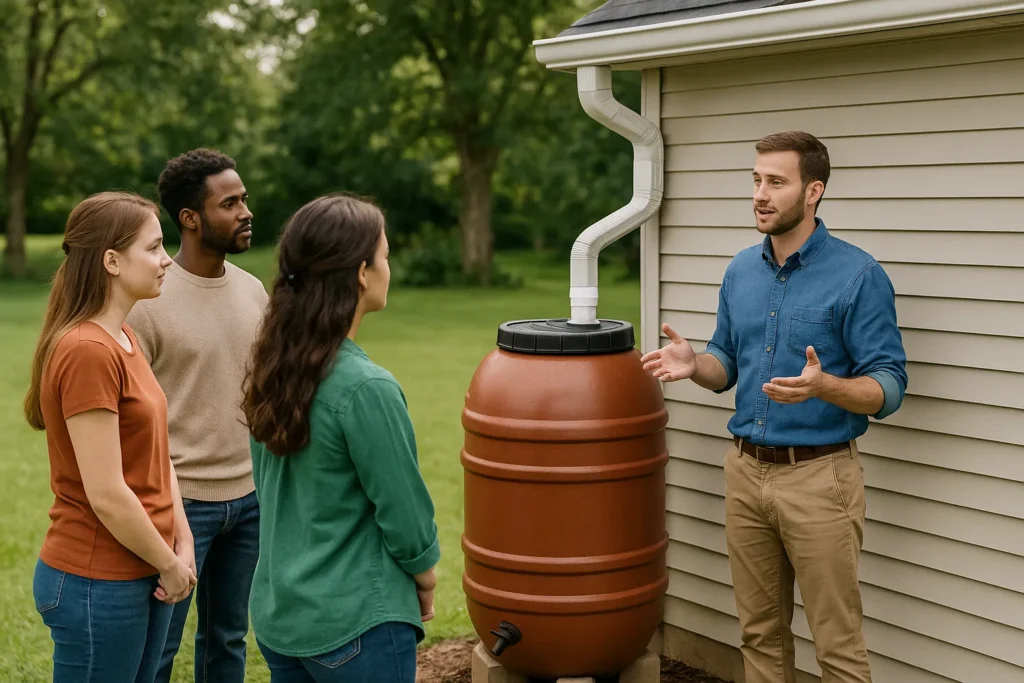
This kind of system can take pressure off your mains water supply. It can also save you money on water bills and give you a backup during dry spells or restrictions.
Historical Context
Collecting rain isn’t a new idea. People in Asia, Africa and the Mediterranean were doing it thousands of years ago. Back then, they built smart systems to store water for cooking, cleaning and farming, especially in places where rain didn’t fall often.
The basics haven’t changed much. What worked then still works today with a bit of modern plumbing added in.
How People Use It Today
These days, rainwater harvesting is showing up in homes, schools, farms and businesses. Some systems are as easy as a barrel under a downpipe. Others are fully connected into plumbing systems and used daily.
It’s not just for off-grid living anymore. Even suburban homes are adding tanks to cut costs and use water more wisely.
Our research indicates that homeowners who install a basic system often see savings within the first year, especially in areas with regular rainfall. It’s flexible, low-maintenance, and adapts to many different spaces.
According to the Australian Bureau of Statistics, about 34% of households that could install a rainwater tank had one by 2013. That number keeps growing thanks to restrictions, rebates and more awareness around water use.
How Does Rainwater Harvesting Work?
Rainwater harvesting starts with your roof. When rain falls, your roof acts like a big catcher’s mitt. The water flows into gutters, then down into pipes that lead to a storage tank. The bigger your roof, the more water you can collect. A simple setup like this can catch hundreds of litres during one good storm.
After collecting rain, do these steps to make sure your rainwater harvesting system works great:
- Filtration: Before the water goes into your tank, it needs to be filtered. This helps remove leaves, dust and other bits that wash off the roof. Most systems use a mesh or leaf screen right at the top of the downpipe. This step is really important, especially if you want to use the water for anything other than gardening.
- Storage and Use: Once the rain is filtered, it flows into a tank. That tank could be small and tucked in the backyard, or a big one buried underground. From there, you can connect it to a tap, a hose or even your home’s plumbing.
Pro Tip: Paint above-ground tanks a light colour to keep the water cooler. Cooler tanks are less likely to grow algae, so your water stays cleaner for longer.
If you’re considering setting something up at home for your rainwater harvesting, you have more than one option. Let’s look at the different ways you can collect rainwater and figure out what suits your space best.
Water Collection Methods to Try for Rainwater Harvesting
There’s no one-size-fits-all approach to collecting rainwater. The best method depends on your space, your budget, and what you’ll use the water for. Some options are as simple as placing a barrel under a pipe. Others need a bit more planning but store much more water.
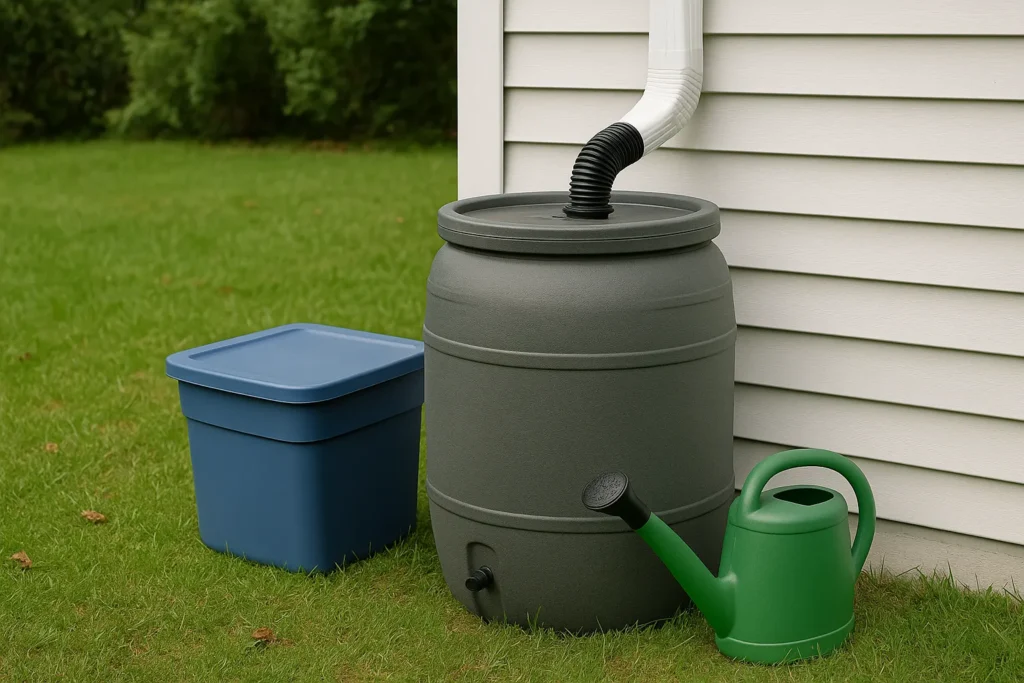
Here are the most common methods people use at home and in the community:
- Rooftop Catchment: Got a sloped roof? You’ve already got most of what you need. This method uses your roof as the collection surface, guiding rainwater through gutters and into a storage tank. A 100-square-metre roof can catch up to 1,000 litres from just 10 mm of rain. It may cost around $800- $2,000 to set up a complete system, including tank, pipes and fittings.
- Rain Barrels: A low-cost (you can get a basic barrel for $100–$300) option that’s perfect for small gardens or patios. You place one at the bottom of a downpipe, and it catches roof runoff during a shower. They’re ideal for watering plants, washing outdoor gear, or cleaning tools.
- Ground Catchment Systems: Have a big yard or open paths? This method lets you shape your land to collect water. Swales or shallow channels guide rain into garden beds or a tank. It’s a great option for farms or wide suburban blocks. A bonus is that it helps reduce erosion and keeps your soil moist longer.
We helped a small school in Brisbane install three rain barrels and a rooftop catchment system on their science block. The project cost only $1,500. Now, they use the water for gardening classes and to flush toilets, and their water bill has dropped by nearly 40%.
With the right system in place, households and neighbourhoods can achieve the same or even more. Let’s look at how these methods connect to broader goals around sustainable water use.
Sustainable Water Solutions for the Future
Sustainability means using what we need today without harming what’s available tomorrow. When it comes to water, that means thinking beyond the tap and planning for the long run. With droughts becoming more common and populations growing, smart water use has become necessary.
Smart water habits help your home and your community. When more people collect and use rainwater, it eases pressure on shared systems and builds stronger, more self-reliant communities.
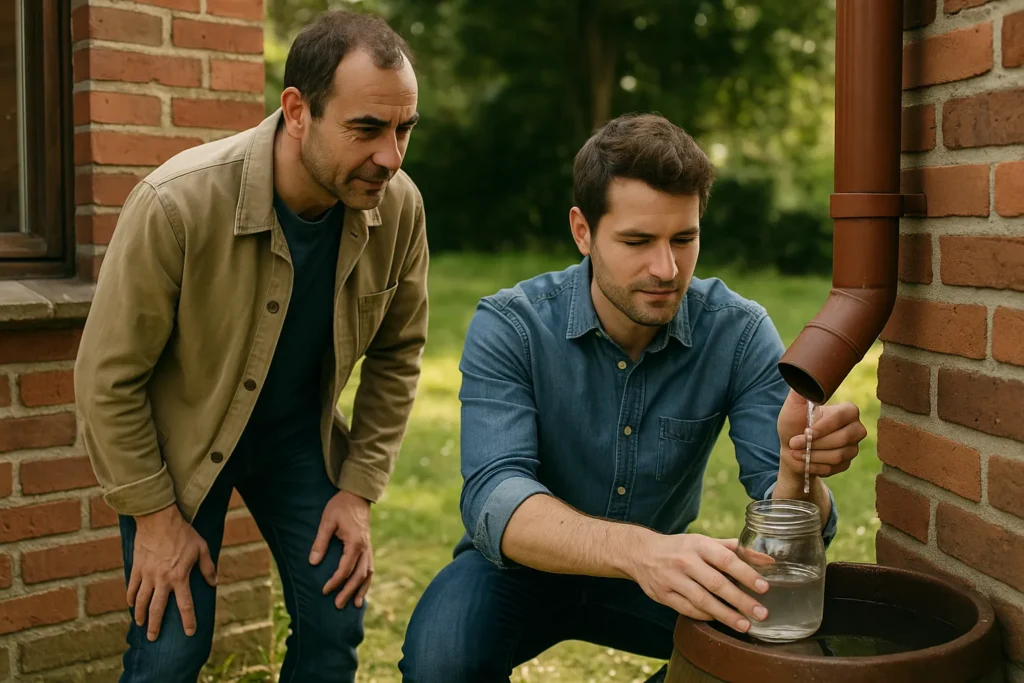
- Support During Dry Spells: Public water systems can struggle during droughts. When more households use rainwater tanks for daily needs, rainwater lightens the load. That means fewer restrictions, fewer supply issues, and more flexibility when it matters most.
- Practical for Schools and Shared Spaces: If you install small rainwater harvesting systems at schools or community gardens, it can supply rainwater for toilets, cleaning, or even drinking. These setups teach young people about sustainability and cut costs, too.
- Long-Term Savings: Over time, rainwater harvesting pays for itself. Fewer litres from the tap means lower bills as you use a resource that falls freely from the sky. It’s one of the simplest long-term water solutions out there.
Rainwater harvesting also helps take care of the planet. It means less dirty water running into drains, rivers, and oceans when it rains. It also means we don’t need to pump and treat as much water, which saves energy. And by using rain instead of drawing from dams or underground, we help nature stay in balance.
More people are choosing water systems that are smarter, simpler and better for the planet. These are the stepping stones to a more thoughtful way of living. And it all starts with one good idea, right at home.
Save Every Drop of Water for a Better Future
Rainwater harvesting helps you save water, but it also supports a simpler, more thoughtful way of living that benefits your home, budget, and planet. We’ve covered how it works, the methods you can try, and how it fits into a more sustainable future.
No matter where you live or how much space you have, there’s a way to make it work. It might start with a simple rain barrel. Or maybe it’s a full tank system feeding your garden, laundry or toilet. What matters most is that you begin.
At Easy510, we’re committed to making safe, sustainable water solutions more accessible, especially in communities that need them most. If you’re ready to be part of that change, take the first step today.
Explore our website for practical tools, advice, and support to help you get started. Because when you start collecting water, you’re creating a better future.


